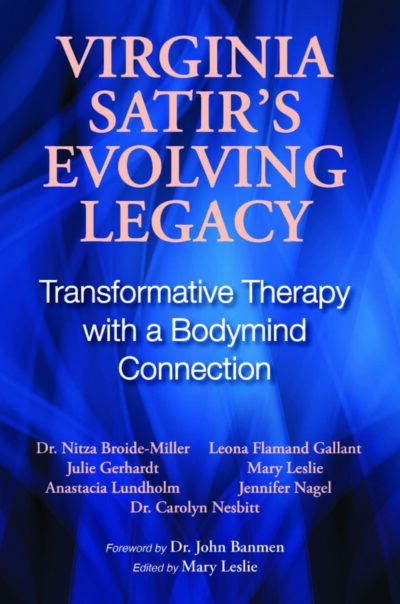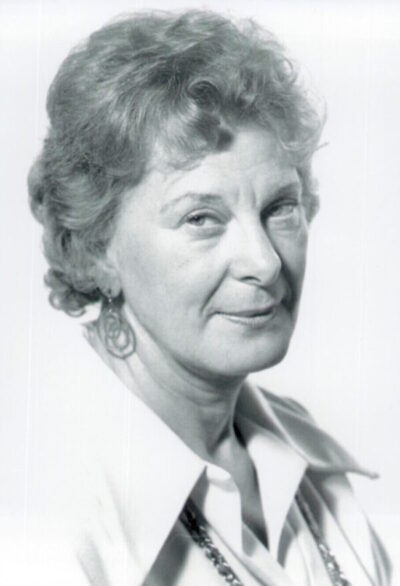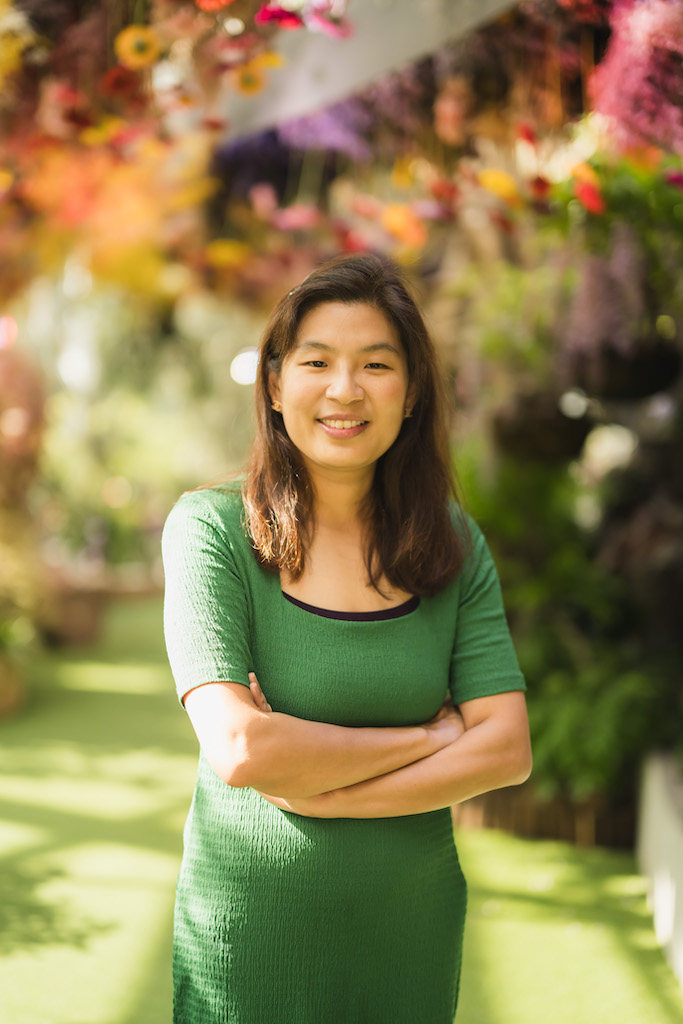
By Jennifer Barrett, MSW, RSW, RCC
Recently, I was asked to reflect on my experience with Satir. To my surprise, I realized that it has been more than 25 years since I was introduced to Virginia Satir and her teachings, through a course based on “The New People Making”. I had returned to university as a mature student after an 18 years hiatus to raise my five children. I remember being amazed at the complexity of family relationships, as we completed family maps for our family of origins and our immediate families. I had the privilege of having a few sessions with a family therapist, who practiced Satir, where I had the biggest and most influential aha- I had a choice in my life. It was a late in life discovery, but one that influenced my life in so many positive ways. My interest was piqued and when I was invited to attend Level 1 training with Naomi Serano at Qua’out Lodge in 1992, I jumped at the chance – my life was never the same. The tools that I remember helping me the most from that training were Satir’s tool box, which included using my heart for unconditional regard, treasuring my wisdom box, developing the curiosity of a detective, using a magic wand to touch anything inside myself that I wanted to shed light on, and the ‘yes’ and ‘no’ medallion (yes, more about choice). I completed my undergrad degree in Social Work and started my career as a child protection social worker, where Satir’s belief that people are doing the best they can at any given moment in time, and when they can do better, they will, helped me to connect with clients without judgement. I used Satir’s family map as a tool to gain history and perspective on the context of each family in a way that developed rapport and insight for myself and my clients, and allowed me to create reports that reflected family members in a holistic and authentic manner.
In 2000, I enrolled in a Master’s program and moved to working at Child and Youth Mental Health where I was able to use Satir Transformational Systemic Therapy (STST) as the foundation of crisis intervention and mental health treatment with children, youth and their families. I completed Level 2 STST around 2002 where my understanding and practice of Satir deepened. I remember that I “accidentally” volunteered to be the ‘star” for a family reconstruction during this training, guided by Kathleen Maki-Banmen. It was a profound experience for me. As part of anchoring the experience, I shared my learning with my daughter and my brother. This led to some amazing discoveries about how my family map and their family maps, although the same family, were completely different – WOW! After this training, my colleagues and I continued the triad we created during the training and met monthly to enhance our skills and to continue our personal work. What a great experience that was – we would focus on one skill for three months, so that we each had the opportunity to be the star, therapist and observer and to practice the skill intentionally with clients. The focus on anchoring was one of the skills that I noticed had a profound effect on clients maintaining the gains made in counselling. Anchoring changes is integrated into every session now.
I have participated in a Summer Intensive Satir training and numerous Level 3 trainings, as well as volunteering on the board of directors for a number of years, including a time as the Membership Director. Each of these experiences has enhanced my understanding of Satir and facilitated new insights and aha moments for me that influence the quality of my own life and the therapy I provide for clients. I have enjoyed watching the journey of colleagues from these times move on to becoming international trainers taking their skills all over the world. I admire their work but know that my work, in social work terms, is at the micro level and not the macro level. Although my social work background urges me to be more political in my focus, I have become content knowing that I am called to focus on one family at a time and know that each person I am able to help becomes like ripples in a pond expanding to influence the bigger world in their own way. For the past ten years, I have been working at Seasons Health Therapies where my focus has been working with clients who have experienced trauma in their lives that impacts their ability to return to the workforce. Although funders require that I use Cognitive Behavioural Therapy and Eye Movement Desensitization and Reprocessing as modalities, the influence of Satir permeates the work that I do. The family map, parts parties, sculpting stances, and exploring the iceberg are integrated into sessions and enhance the clients’ movement towards reclaiming their lives.
I snapped the above picture recently, on a walk with my dog along the South Thompson River in Kamloops, BC. The visible world above the water is so beautiful and the slightly messy reflection below the water line reminds me of Satir’s Iceberg, viewing the messy inside of the iceberg as just as beautiful as the visible parts. We are always striving to have the reflection match the external iceberg in perfect congruence. I am grateful to Virginia and the Satir Institute of the Pacific for encouraging me to embrace life’s glorious messiness in the icebergs of each person I meet, knowing that we are all moving in a positive direction at our own speed. As I move to a more leisured pace and retirement, I look forward to getting in touch with my own and others’ icebergs in new and different ways. Thanks, Virginia Satir, for the positive influence you have had on my life and lives of so many others.



